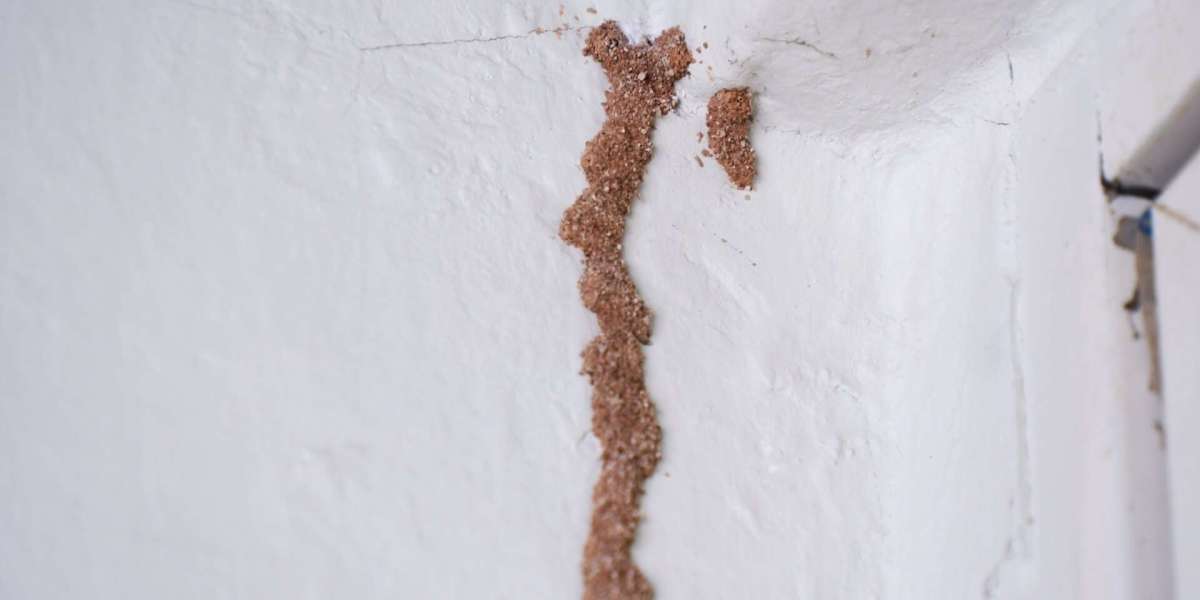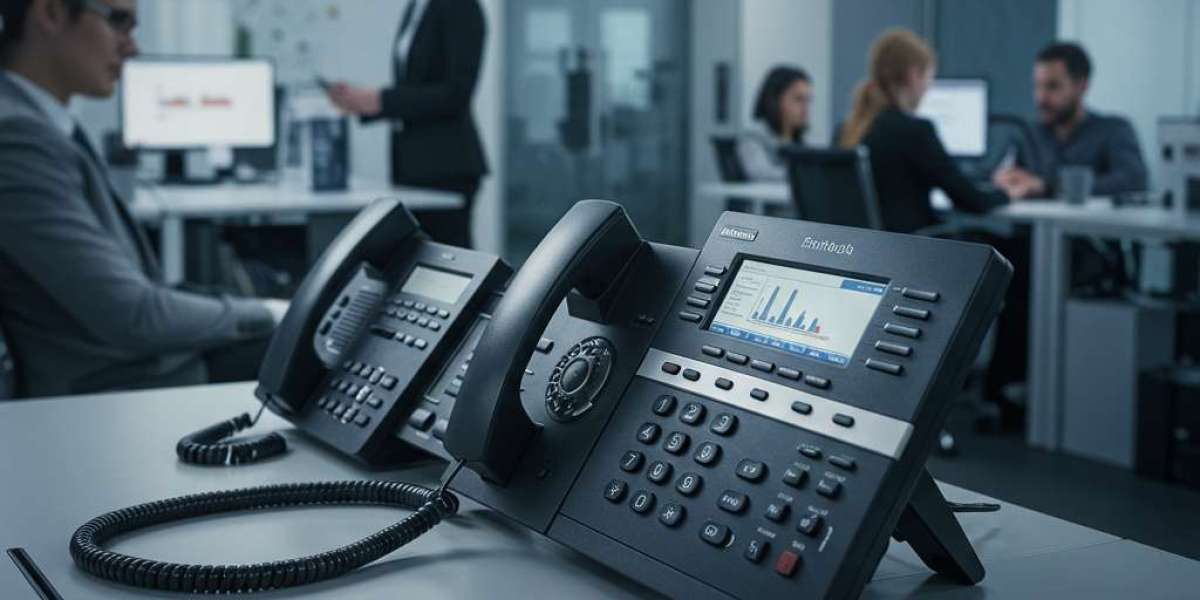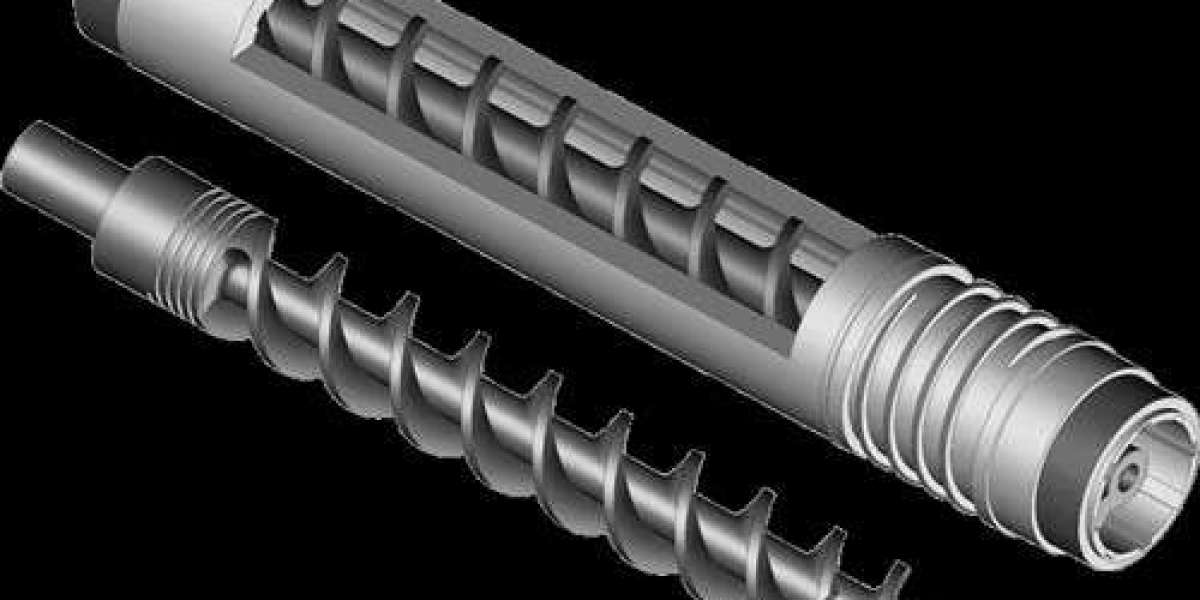If you live in Florida, you've likely heard about the damage wood termites can cause. However, despite the constant threat, many homeowners still aren't sure how to identify these pests or understand just how destructive they can be.
Why Do Wood Termites Eat Wood?
Termites are infamous for eating wood, but it's not the surface of the wood they're after — it’s the cellulose inside. This organic compound is found in plant materials like wood and serves as a primary food source for termites.
But wood termites don't just eat wood for nutrition. They also use it to create intricate tunnel systems and nest chambers, allowing them to access more food and moisture while staying hidden.
What makes wood termites particularly dangerous is how quietly they operate. These pests live and work inside the wood, away from light, and without making any noticeable noise. As a result, it’s possible for an infestation to go undetected for months—or even years—while they steadily weaken your home’s structure from the inside.
What Parts of the Home Do Wood Termites Damage?
Wood termites can attack almost any part of your property that contains cellulose. While most people think of structural wood like beams and studs, termites don’t stop there. They often infest:
Floorboards and baseboards
Wooden furniture
Window and door frames
Decks, fences, and patios
Wood piles and sheds in the yard
In some cases, their destructive chewing even extends beyond wood. Wood termites have strong jaws capable of damaging drywall, insulation, and even carpet backing, especially when those materials block their access to more wood.
Signs of a Wood Termite Infestation
Although wood termites are stealthy, they often leave behind visible signs. Here’s what to look out for:
1. Mud Tubes
Subterranean termites create pencil-width mud tubes on walls, foundations, or crawl spaces. These tubes help protect them as they travel between their colony and their food source.
To test for active infestation, break off a piece of the tube and check it again in a few days. If it’s repaired, termites are still active.
2. Tiny Holes in Wood
Look for small holes in wooden furniture, floors, or trim. These are entry or exit points created by termites as they tunnel through the material.
3. Termite Droppings
Drywood termites leave behind droppings that look like tiny wood-colored pellets or sawdust. Large accumulations often indicate an established infestation.
4. Discarded Wings
Swarming wood termites shed their wings after mating and establishing a new colony. You may find these wings near windows, doors, or light fixtures.
5. Buckling or Blistering Wood
Warped or discolored floors, walls, or ceilings may be a sign that termites have damaged the internal wood support.
6. Noisy or Loose Floorboards
As wood termites hollow out wooden structures, they become more fragile. Creaky floors and tiles that come loose may be a result of termite damage.
Are You Seeing Termites or Just Ants?
Sometimes, homeowners mistake flying ants for swarming wood termites. Here’s how to tell the difference:
Antennae: Termites have straight antennae, while ants have elbowed ones.
Body Shape: Termites have thick, uniform bodies; ants have a narrow waist.
Wings: Termites have two pairs of wings that are the same length. Ants' front wings are longer than the back ones.
Spotting a swarmer termite (especially after rainfall) is usually a sign that a new colony is about to begin.
What Should You Do Next?
If you notice any of the above signs or suspect an infestation, your first step should be to schedule a professional termite inspection. While you might be able to identify surface signs, only a trained termite inspector knows how to detect hidden activity and potential structural risks.
Mud tubes, droppings, or discarded wings could point to either a past or an active infestation, and it takes expert eyes to know the difference. Inspectors know where to look — even in areas like crawlspaces, basements, and attics that homeowners often overlook.
Call Guardian Angel Inspections for Expert Termite Help
At Guardian Angel Inspections, we specialize in identifying and confirming wood termite infestations across South Florida. Our thorough inspection reports don’t just tell you whether termites are present — we also provide expert recommendations on how to eliminate them for good.
Don’t wait for the damage to worsen. Contact us today through our contact form or give us a call at 561-512-7854 to schedule your termite inspection. Protect your investment with help from the trusted name in Florida termite inspections.



